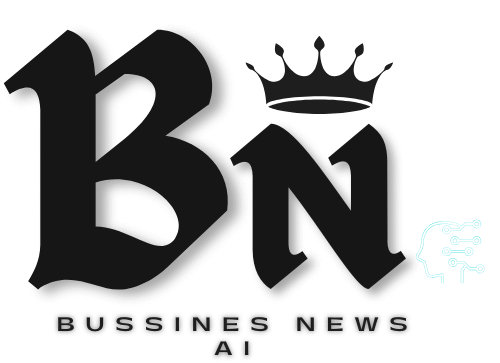Managing services across dispersed systems, applications, and platforms is no easy task in today’s ever changing IT environments. Companies often have duplicated efforts, conflicting policies, and ineffective communication in the absence of a single layer of coordination and control. SOA OS23 enters here.
From communication to lifecycle management, SOA OS23 is a cutting-edge abstraction layer meant to meet service-oriented architecture (SOA) demands. Through SOA OS23, companies get a simplified, centralized way to handle services that improves policy compliance as well as operating efficiency.
The way SOA OS23 operates, its advantages, and why it is revolutionary for contemporary digital infrastructure are all covered in this essay.
SOA OS23 is what?
SOA OS23 is essentially a service abstraction layer that spans the distance between business applications and the technical services driving them. It offers an operational framework that addresses:
- Governance of lifetime
Acting as an astute mediator, SOA OS23 streamlines the complexity of multi-service ecosystems and provides a single view through which all services are managed and synchronized.
Principal Characteristics of SOA OS23
🔹1. Integrated Communication Management
Regardless of platform or protocol, SOA OS23 makes the way services interact with one another easier. Supporting REST, SOAP, gRPC, and messaging platforms helps microservices and legacy systems to interact perfectly.
🔹2. Governing of service lifecycles
From design to deprecation, SOA OS23 assists control the whole lifecycle of every service in the system. Developers and operations teams can establish unambiguous guidelines for versioning, deployment, monitoring, and retirement.
🔹3. Policy-Driven Control
Automated governance makes things much simpler. Through a centralized rules engine, SOA OS23 enables administrators to implement policies on access, performance, security, and compliance.
🔹4. Service Discovery and Registration
It has a dynamic service registry that makes it simple for systems to locate and use on-demand services. This is especially important for agile development, scaling, and failure support.
🔹5.Real-time monitoring and insights:
SOA OS23 provides dashboards for real-time visibility into service performance, use, and health. This makes for quick troubleshooting and proactive management.
Advantages of Using SOA OS23
- ✅ Abstraction of backend communication lowers operational complexity.
- ✅ Enhancement of service reusability and consistency
- ✅ Through unified policy enforcement, it guarantees compliance.
- ✅ Supports multi-cloud and hybrid approaches.
- ✅ Accelerates deployment and development cycles.
- ✅ By means of strong monitoring and control, it reduces service downtime.
SOA OS23 gives the clarity and control needed for long-term success whether you’re upgrading a legacy system or overseeing an expanding fleet of microservices.
Examples of Use Cases
- Enterprise IT: Oversee more than 1,000 internal APIs with access restrictions and precise versioning.
- Financial Institutions: Guarantee safe service communication across on-premise and cloud networks
- Maintaining policy control, eCommerce platforms allow dynamic scaling of services depending on traffic peaks.
- Healthcare Providers: Implement HIPAA-compliant service interactions across divided patient data systems.
often asked Questions and Answers (Q&A)
Q1: Middleware platform SOA OS23 is one?
Not precisely. Although SOA OS23 has some qualities with middleware, it is better understood as a governance and abstraction layer geared specifically on service orchestration, communication, and lifecycle.
Q2: Is microservices architecture supported by SOA OS23?
Yes. It is in fact very suited for microservices and dispersed systems since it provides improved control, observability, and scalability.
Q3: SOA is native to OS23 in the cloud?
Yes. Supporting deployment on public, private, and hybrid cloud settings, SOA OS23 is intended to be cloud-agnostic.
Q4: Could I combine SOA OS23 with current systems?
Absolutely. Its support of open standards and modular design make it simple to interface with contemporary platforms as well as legacy systems.
Q5: Who should utilize SOA OS23?
It is perfect for system administrators, DevOps teams, and enterprise architects wanting to enhance service governance and performance throughout their IT infrastructure.
In a time when digital services are becoming more numerous and sophisticated, SOA OS23 provides a much needed answer for governance and control of service lifecycle. It enables companies to be more nimble, secure, and resilient by streamlining communication, guaranteeing policy compliance, and giving complete visibility into service health.
SOA OS23is a strategic facilitator for the future of corporate systems, not just another technical layer. With SOA OS23, governance really does become simple if you want to take charge of your service architecture while increasing efficiency.











